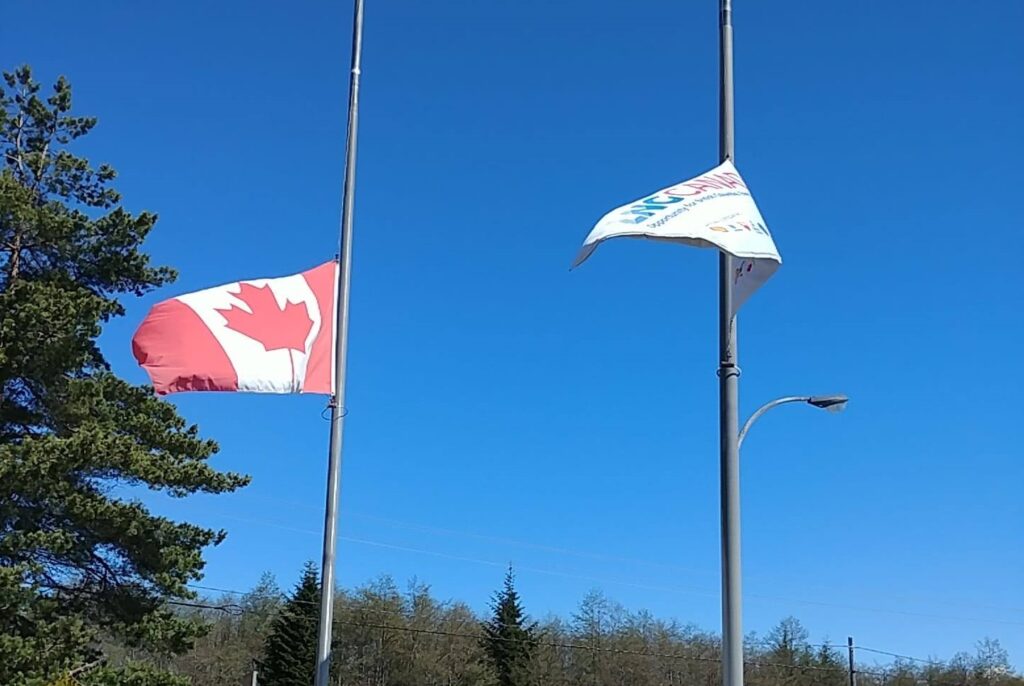
British Columbia’s liquefied natural gas (LNG) industry could be the stimulus the Canadian economy will need post-COVID-19.
Courtesy of LNG Canada
Liquefying and exporting natural gas offers an important diversification opportunity, especially when the traditional export market, the United States, is becoming increasingly self-sufficient, a report by the Conference Board of Canada shows.
LNG-based natural gas prices in Asia-Pacific markets have been higher than North American prices for over a decade. Moving Canadian natural gas into those markets could provide Canadian natural gas producers and LNG investors with higher returns.
Natural gas as marine fuel also represents an opportunity for Canadian ports and shipbuilders. Domestically, LNG could offset diesel and heavy oil bunker fuel and contribute to GHG emissions reductions domestically and globally. Canadian governments would also benefit from an LNG industry through new royalty and tax revenues.
Post-pandemic, the Canadian economy will need stimulus. An LNG industry brings long-term investment and production that can contribute to the country’s economic recovery, the report says.
The report looks into the economic impacts of an investment scenario that creates a Canadian LNG industrial capacity of 56 million tonnes per annum in British Columbia.
Between 2020 and 2064, total annual investments under this scenario would average over $11 billion, or more than $500 billion over the period.
Globally, the LNG industry is highly competitive. Investors look for jurisdictions with the right mix of policies, location, natural gas supply, supporting infrastructure, regulatory processes, and availability of skilled labour. British Columbia meets many of these needs. It offers abundant resources and clean electricity, and is close to export markets.
The tax and fiscal environment, regulatory approval timelines, and policy support can all be improved. When comparing the LNG investment landscape in B.C. to that of key competing regions (for example, the U.S. Gulf of Mexico states), some of these challenges become highlighted.
Accelerated regulatory approvals, municipal property tax breaks, enhanced capital cost allowances, existing pipeline supply infrastructure, and existing LNG facilities with trained workforces elsewhere make attracting LNG investment to a fledgling B.C. industry challenging. Despite these challenges, there’s a rising tide of interest in growing an LNG industry in British Columbia.
This report is based on a scenario that creates a 56-million-tonne per annum (mtpa) LNG industrial footprint in British Columbia which includes commitments already made by LNG Canada.
But before it can produce that first tonne of LNG, the industry needs investment in the facilities, businesses, and skills required to find, process, and take the product to market.
Using the assumptions in our methodology section (see Appendix A), this briefing examines the economic impact this scale of investment would likely have on British Columbia and Canada. It will take four to five years to build each facility included in this scenario.
But LNG facilities are long-lived assets—they would operate over an expected 40-year lifespan. The projected impact shows an LNG industry providing economic growth, employment, taxes, and royalty revenues to B.C., other Western provinces, Ontario, Quebec, and the federal government for decades to come.
The post Report: B.C. in the Canadian LNG industry limelight appeared first on Offshore Energy.
Source: LNG World News
